Hand Arm Vibration & Noise
Calculate HAVs & Noise Exposure, Monitor and Assess Limits from RAMs App.
Available on Business, Unlimited and Unlimited +
The cost of HAV and Noise to businesses can be significant. Staff and contractors can suffer physically with the development of noise induced hearing loss and the development of industrial disease such has vibration white finger or carpal tunnel syndrome.
Several prosecutions have been successful against employers for not managing exposure to vibration or noise with fines in excess of £30,000 and significant levels of compensation awarded to employees following the development of ill-health due to uncontrolled exposure to vibration and noise.
Vibration
Vibration
The control of vibration at work regulations specify 2 key values:
Exposure action value The exposure action value is the threshold where employers are legally required to take action to control. The greater the exposure level, the greater the risk and the more action employers will need to take to reduce the risk. For hand-arm vibration the EAV is a daily exposure of 2.5 m/s2 A (8).
Exposure limit value The exposure limit value (ELV) is the maximum amount of vibration an employee can be exposed to on any single day. For hand-arm vibration the ELV is a daily exposure of 5 m/s2 A (8). This is a It represents a high risk above which employees should not be exposed.
Noise
Noise
The control of noise at work regulations has two exposure action values & an exposure limit value.
Lower exposure action value - The lower exposure action value is a daily or weekly average noise exposure level of 80 dB, the employer has to provide information, training & make protection available.
Upper exposure action value - The upper exposure action value is set at a daily or weekly average noise exposure of 85 dB, above the employer is required to reasonably reduce noise exposure.
Exposure limit value - exposure limit value of 87 dB, no worker can be exposed (taking hearing protection into account). An additional limit exists for peak sound pressure 140 dB.



